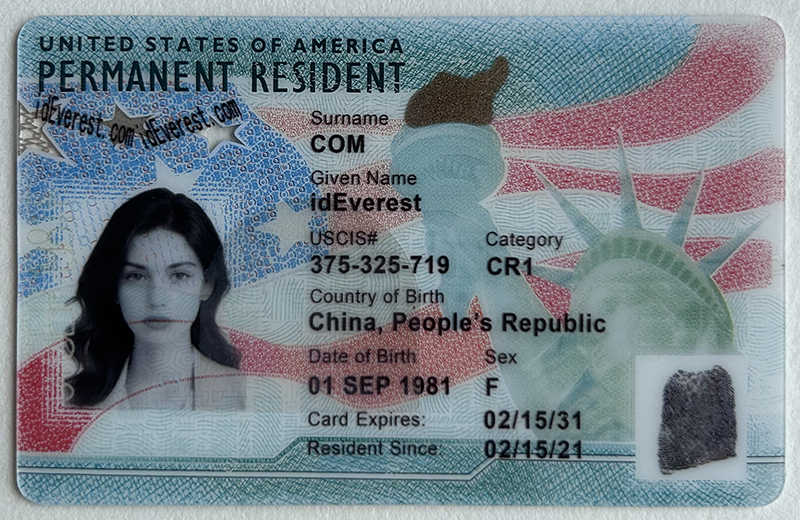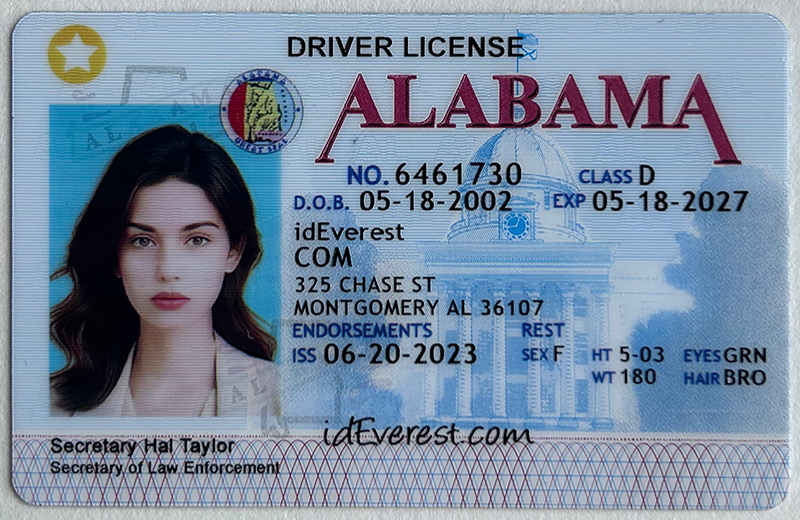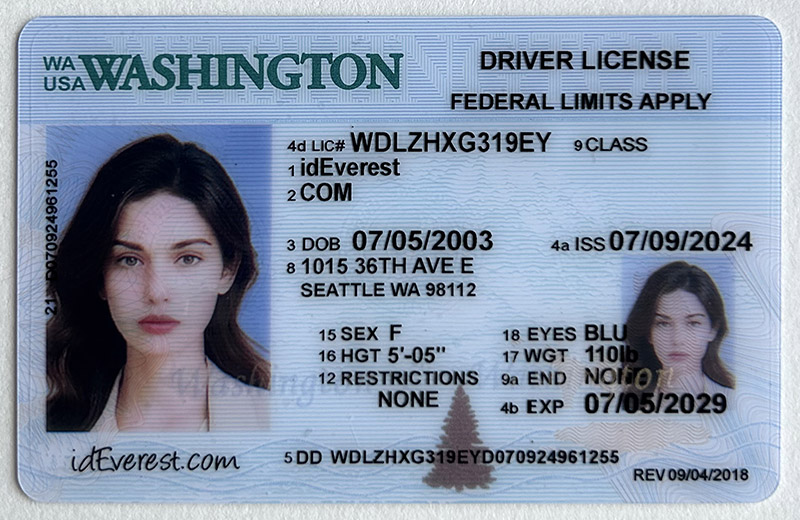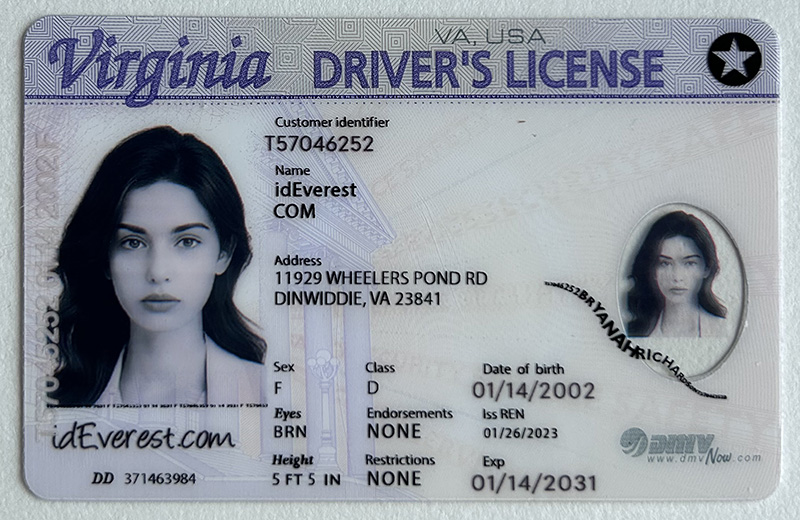do fake photo ids scan
Fake Photo IDs: Do They Really Scan?
Introduction
In today's digital age, the demand for fake photo IDs has surged. Whether it’s for pranks, entering clubs, or simply having a bit of fun, fake IDs are more popular than ever. However, with the rise of advanced security measures, the question arises: do fake photo IDs scan? In this article, we will explore this topic in depth, covering what fake photo IDs are, their features, common issues, user feedback, and solutions to problems that might arise while using them.
Product Introduction
Fake photo IDs are counterfeit identification cards that mimic official IDs, such as driver’s licenses, passports, or other forms of identification. These fake IDs are typically created to look as realistic as possible, replicating the design, holograms, barcodes, and magnetic stripes of genuine IDs. The primary purpose of a fake ID is to pass as a real one during casual checks, often for age verification or entry into restricted areas.
What Does It Mean for a Fake ID to "Scan"?
To "scan" in this context means that the ID can be swiped through a reader, and the information encoded in the magnetic stripe or barcode is read accurately by the scanning device. Many establishments use ID scanners to ensure that the ID presented is genuine and not expired. Thus, a fake ID that can successfully scan is one that can pass these electronic checks, adding an extra layer of credibility beyond visual inspection.
Features of Fake Photo IDs
Realistic Design and Material: High-quality fake IDs are made from materials that closely resemble those used in official government IDs. They are printed using advanced techniques to replicate the exact look and feel of real IDs, including watermarks, micro-printing, and even UV features.
Encoded Magnetic Stripes and Barcodes: To pass scanning devices, fake IDs often come with encoded magnetic stripes and barcodes. These are carefully programmed to match the information printed on the front of the ID, ensuring consistency.
Holograms and UV Elements: Some fake IDs include holograms and UV elements that are visible only under certain lights, mimicking the security features found in genuine IDs. These features are designed to fool both the naked eye and some detection devices.
Customizable Information: Fake ID providers typically offer customization options, allowing users to input their desired name, address, date of birth, and even photo. This customization helps ensure that the fake ID looks as legitimate as possible.
Advanced Security Features: The more sophisticated fake IDs include security features that are hard to replicate, such as complex holographic images, perforated designs, and raised text.
Frequently Asked Questions (FAQs)
Q1: Do all fake photo IDs scan successfully?
A: Not all fake photo IDs will successfully scan. The ability of a fake ID to scan depends largely on the quality of its production. High-quality fake IDs with properly encoded magnetic stripes and barcodes are more likely to pass scanning tests. However, many factors, such as the type of scanner used and the vigilance of the operator, can affect the outcome.
Q2: What are the risks associated with using fake photo IDs?
A: Using fake photo IDs is illegal and can lead to serious legal consequences, including fines, criminal charges, and even imprisonment. Additionally, if a fake ID is detected by a scanner, it can result in immediate confiscation and alert authorities.
Q3: How can I tell if a fake photo ID will scan?
A: There is no surefire way to determine if a fake ID will scan without testing it. However, purchasing from reputable vendors who offer high-quality, scannable IDs can increase the chances of success. It’s also important to check reviews and ask for samples before purchasing.
Q4: What should I do if my fake ID doesn't scan?
A: If your fake ID does not scan, there are a few steps you can take. First, check if the magnetic stripe or barcode is damaged. If the issue persists, contact the vendor for assistance or a replacement. However, keep in mind that using a fake ID is illegal, and attempting to use one, especially after it fails to scan, can increase your risk of getting caught.
User Reviews
Many users of fake photo IDs report varying experiences based on the quality of the product and the vigilance of the establishments where they attempt to use them.
Positive Feedback:
John D.: “I bought a fake ID from a popular vendor, and it worked perfectly. It scanned without any issues, and I’ve been able to use it multiple times without being questioned.”
Sarah W.: “The fake ID I purchased was very realistic. The holograms and UV features made it look genuine, and it passed a scan at a local bar.”
Negative Feedback:
Mike L.: “My fake ID did not scan at several places, and I had to abandon it eventually. I realized later that the barcode was not encoded properly.”
Emily P.: “I tried using my fake ID at a club, but it got flagged as soon as they scanned it. I was escorted out and had to leave without getting in.”
Problems Encountered and Solutions
Problem 1: ID Not Scanning
- Solution: If the fake ID is not scanning, first check for any visible damage on the magnetic stripe or barcode. Sometimes, a minor scratch can cause a failure. Clean the magnetic stripe gently with a cloth. If the problem persists, contact the seller for a potential replacement or re-encoding service.
Problem 2: Fake ID Looks Suspicious
- Solution: To avoid suspicion, ensure that the photo on the fake ID closely resembles your current appearance. Dress similarly to how you appear in the ID photo when using it, and ensure all details match your real information, like height and eye color. It’s also wise to use the ID in places where the security checks are known to be less stringent.
Problem 3: Confiscation and Legal Trouble
- Solution: If your fake ID is confiscated, stay calm and do not attempt to retrieve it by force. Arguing or causing a scene can escalate the situation. It’s best to leave the premises quietly. Be aware of the local laws and understand the legal consequences of using a fake ID. In some cases, consulting with a legal professional can help you understand your options.
Conclusion
While fake photo IDs can be a tempting solution for those seeking to bypass age restrictions or gain entry to restricted areas, they come with significant risks. Not only do they carry the potential for legal consequences, but there is also no guarantee that they will pass scanning devices used by various establishments.
High-quality fake IDs with properly encoded magnetic stripes and realistic features are more likely to scan successfully, but this is not assured. User experiences vary widely, with some having positive outcomes and others facing confiscation or legal issues.
If you are considering using a fake ID, it is crucial to weigh the risks and consequences. The best approach is to avoid using fake IDs altogether and adhere to the legal age restrictions and requirements set by law.
 Fake US-Green Card
Fake US-Green Card
 Authentic Scannable Alabama F
Authentic Scannable Alabama F
 Authentic Scannable Washington
Authentic Scannable Washington
 Authentic Scannable Virginia
Authentic Scannable Virginia